Beef Herd Health and Quality Assurance
All Beef Herd Health and Quality Assurance Content
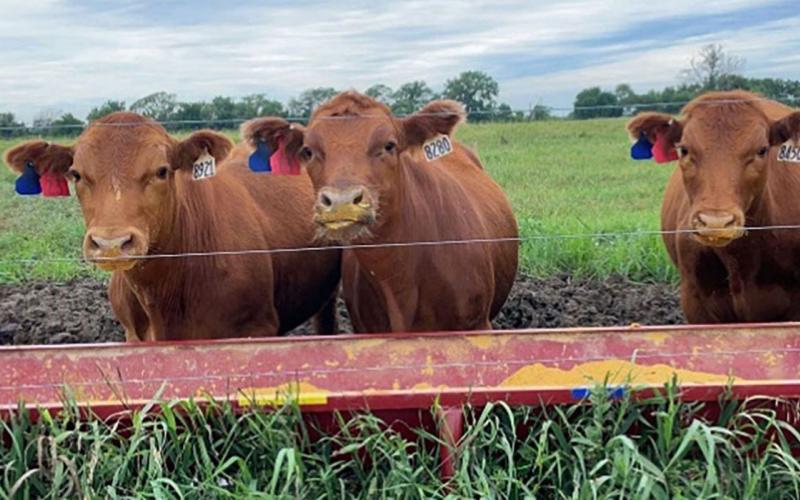
SDSU Extension hosts cattle webinar series on market, climate and health trends
May 03, 2024
The Market, Climate, Health: Cattle Update one-hour webinar series is online via Zoom at 11 a.m. CDT / 10 a.m. MT on June 4, 11 and 18, 2024. Tickets are $30 and registration is required to receive the Zoom link. To register, visit extension.sdstate.edu/events and search “cattle”.
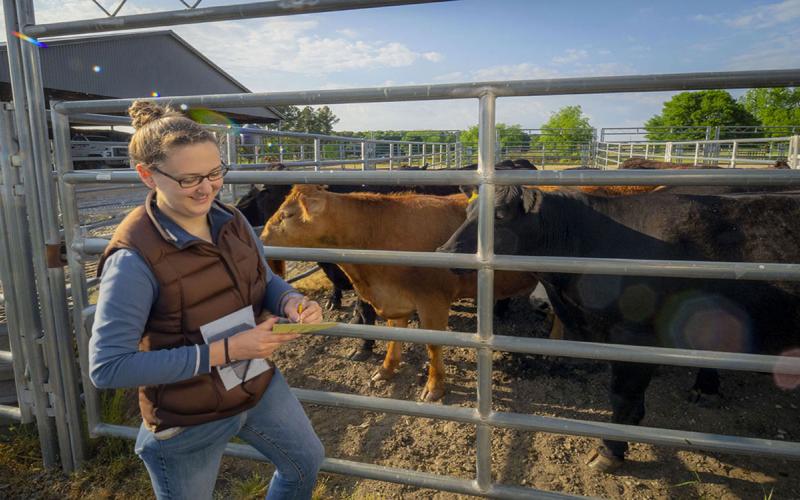
Determining Cattle Temperament
Learn how to conduct a series of assessments during routine handling to determine the temperament of your livestock, ensuring the safety of animals and humans during handling.
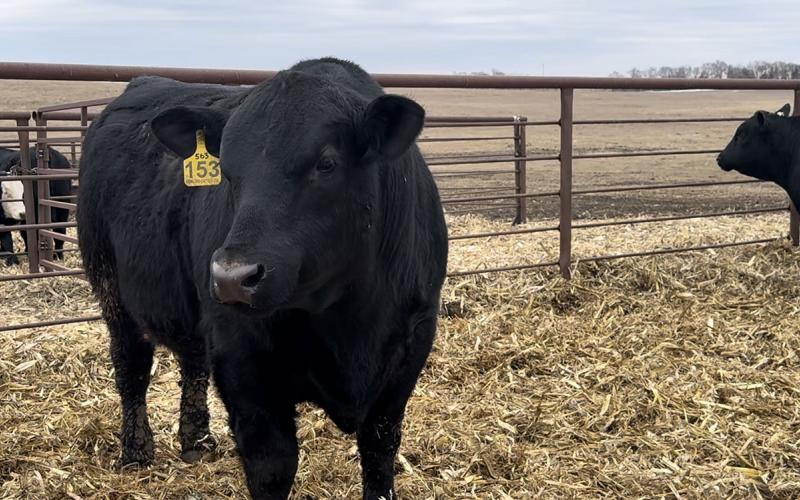
Bought the Bull. Now What?
It is always best to be prepared rather than playing catch up in cattle production, and the addition of a new herd bull is no exception. Learn some expert tips to get new herd bulls off to a great start.
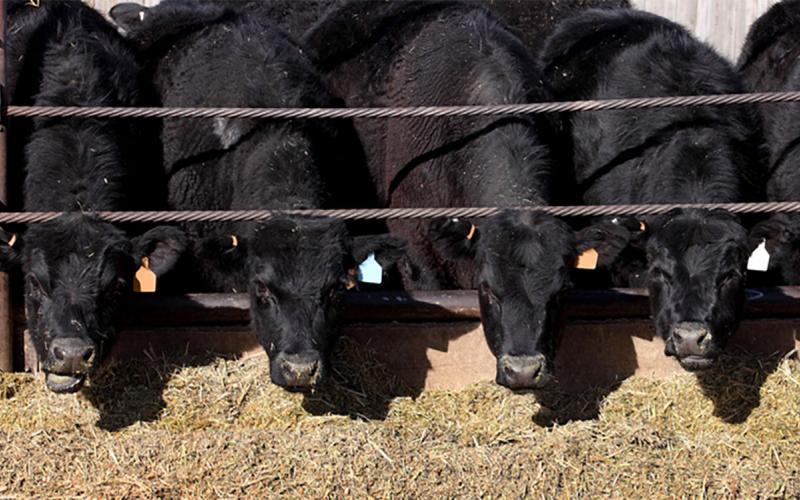
Healthy Guts Make Healthy Cattle
Feed additives, including probiotics, prebiotics, and postbiotics, can be incorporated in beef cattle diets to help improve animal health, increase performance, and reduce antibiotic use.
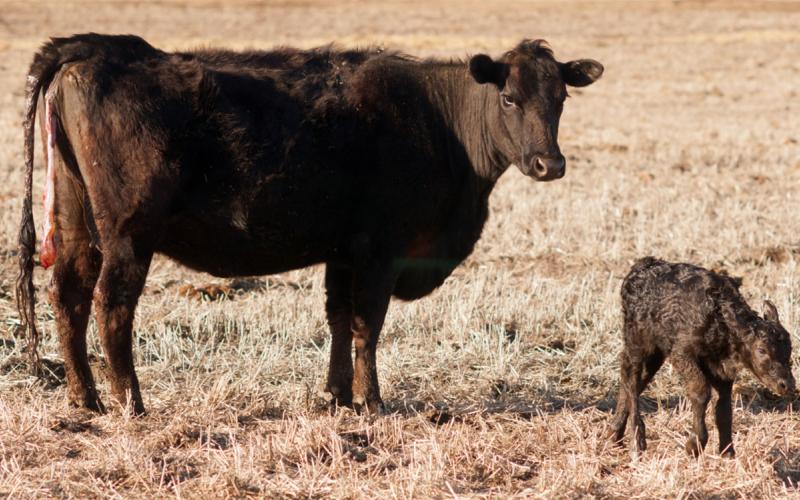
Calf Health Following Calving
Considering calf health following calving is a number one priority for calving season and to better prepare the calf for the rest of its life.
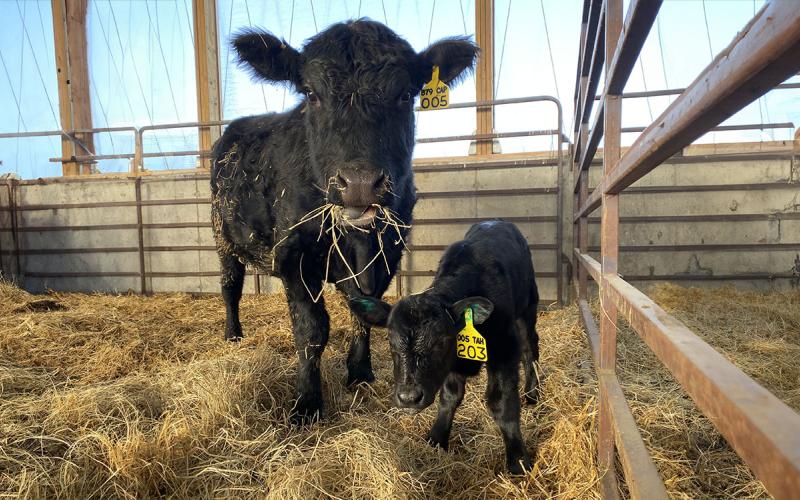
Clean Calving Environment: Pasture and Barn
Setting newborn calves up for success starts with a clean calving environment whether that be a clean pasture or fresh bedding in the barn. A clean environment prevents illness in newborn calves.
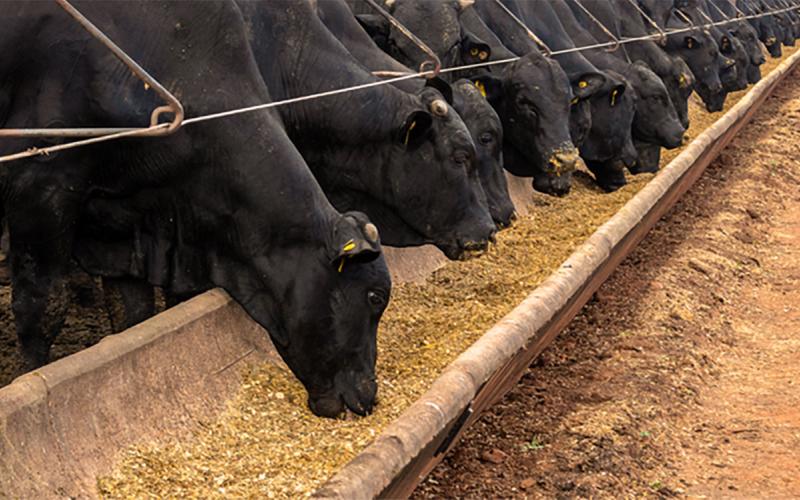
Ruminants: A Digestive Powerhouse
Ruminants such as cattle are important animals, as they turn forage into high-quality protein, such as meat and milk. It is important to understand their digestive system so we can better support their unique role in our food chain.
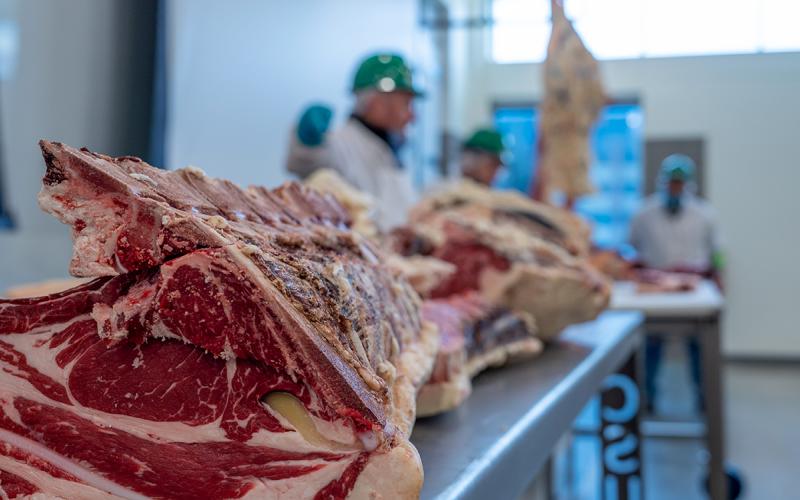
Growth Promotant Technologies: Impact on Beef Production and Meat Quality - Research
A study conducted by SDSU researchers evaluated the impact additive combinations of growth-promotant technologies can have on beef carcass characteristics and tenderness.
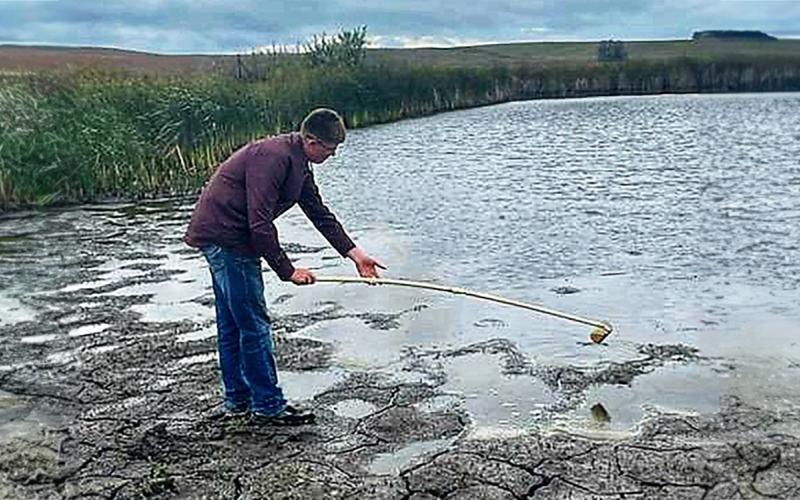
Performing a Field Test for Livestock Water Quality
Learn how to use some simple, readily available tools that can help analyze the quality of your livestock water sources right in the field.

Winter Management of Herd Bulls
Proactive winter bull management can positively impact reproductive performance in the upcoming breeding season. Learn some expert tips for getting herd bulls prepared for the colder months ahead.